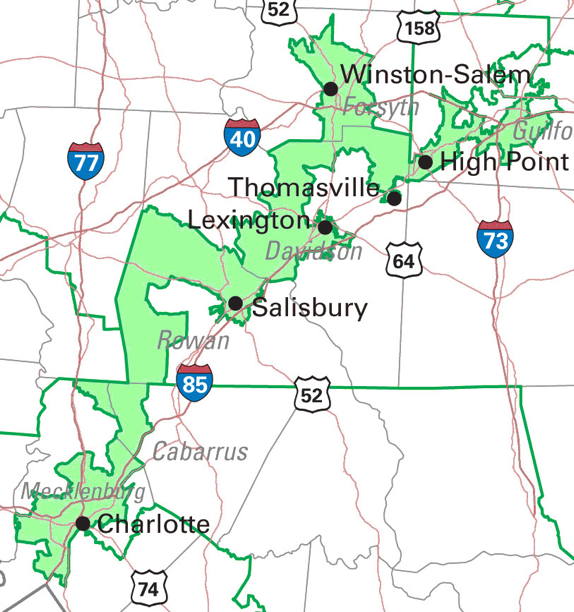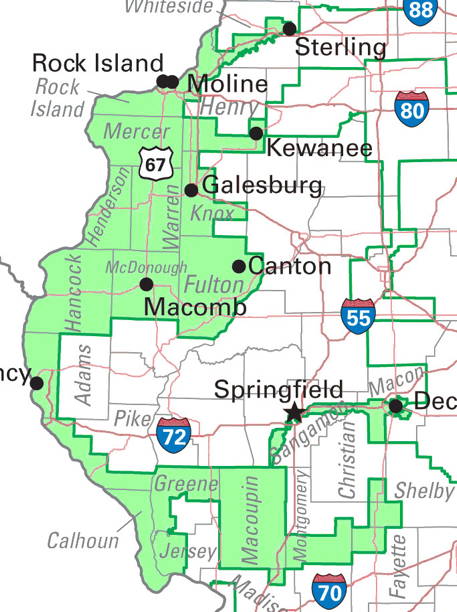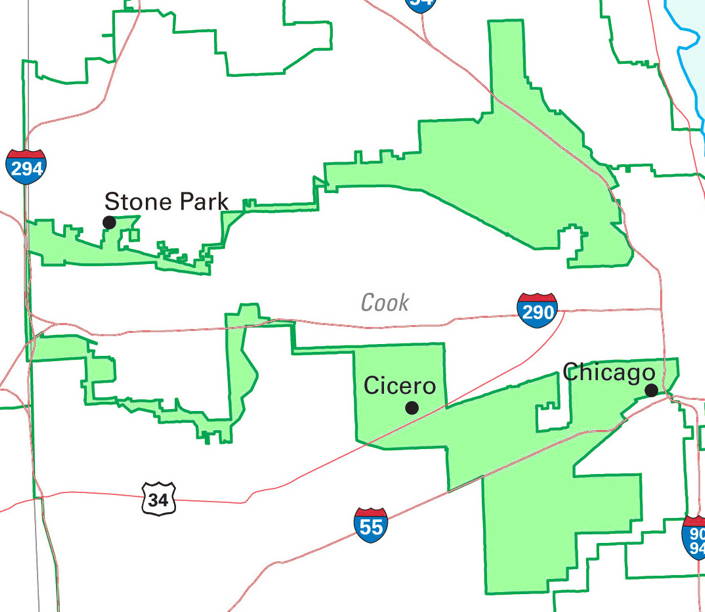Conrad Black talks (partly from first-hand experience) of how badly served the United States is by its justice system:
… everyone in the United States, from the president and the wealthiest and most admired citizens down, is, in some measure, a victim of this now terribly warped justice system. No one is safe and everyone pays for it. The legal cartel is riveted on the back of the country like a horse-leech and extracts $1.8 trillion a year from the American economy as the legislators and regulators add 4,000 new measures with weighty sanctions each year, for the delectation of their confrères at the bar. At any time, 1 percent of the entire adult population is incarcerated, at a cost of about $150 billion annually and usually in unconstitutionally inhuman conditions; another 6 or so percent of all adults, male and female, are awaiting conviction (99.5 percent of those tried are convicted, an absurdly implausible number rivaled only by North Korea) or are under supervised release by often pettifogging probation officers at further great cost to the country. There are 48 million convicted felons in the United States, and even if decades-old unstigmatizing offenses such as failing a breathalyzer or being disorderly at a fraternity party are omitted, this means that approximately 15 percent of American adult males are designated felons. This is an absurd and barbarous number achieved by equal-opportunity multi-ethnic injustice, albeit unevenly applied. It presents African Americans a chance to form an invincible coalition in whose victory they would be the principal winners.
Though evidence of police and prosecution abuse pours in through the media every week, the majority of Americans, personally unaffected by the failings of the system, complacently believes that they live in a society of laws envied by the world. Neither supposition is correct. The United States has six to twelve times as many incarcerated people per capita as other prosperous democracies: Australia, Canada, France, Germany, Japan, and the United Kingdom. This appalling state of affairs has developed gradually over the last 40 years, as the percentage of prosecutions resolved by (very often) abusive applications of the plea-bargain system without a trial has risen from about 80 (an unheard of number in other democratic countries) to 97. The percentage of incarcerated people among the population has multiplied by five in that time, so the U.S. today has 5 percent of the world’s people, but 25 percent of its incarcerated people (and 50 percent of its lawyers – counting only those countries in which a serious professional entry course is required to practice that occupation).
The Supreme Court has sat like a shelf of suet puddings while the criminal-justice system has become a conveyor belt to the country’s bloated and corrupt prison system, and lawyers have become an immense industry, hiding its avarice behind a fog of insipid pieties about the rule of law (which, as the phrase was meant by the authors of the Bill of Rights, can scarcely be said to exist in the U.S.). New York federal judge Jed S. Rakoff wrote in the New York Review of Books on November 20 that the traditional American notion of the day in court is “a mirage” because of the corruption of the plea-bargain system, in which inculpatory evidence is extorted from witnesses in exchange for immunity from prosecution, including for perjury. Every week there is some new exposé of horror stories of prosecutorial abuse, yet prosecutors enjoy an absolute immunity, even when it is revealed that they have committed crimes of obstruction of justice, as in the infamous Connick v. Thompson decision of 2011: An innocent man spent 14 years on death row because prosecutors willfully withheld DNA evidence they knew would, and ultimately did, acquit him; the U.S. Supreme Court narrowly overruled the damage award to the wrongfully convicted Mr. Thompson on a spurious technicality.






